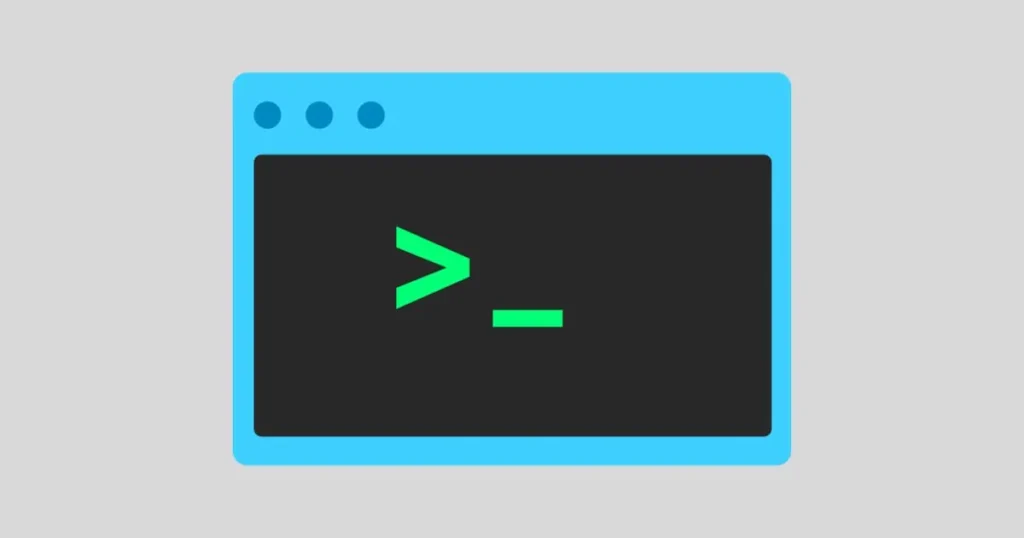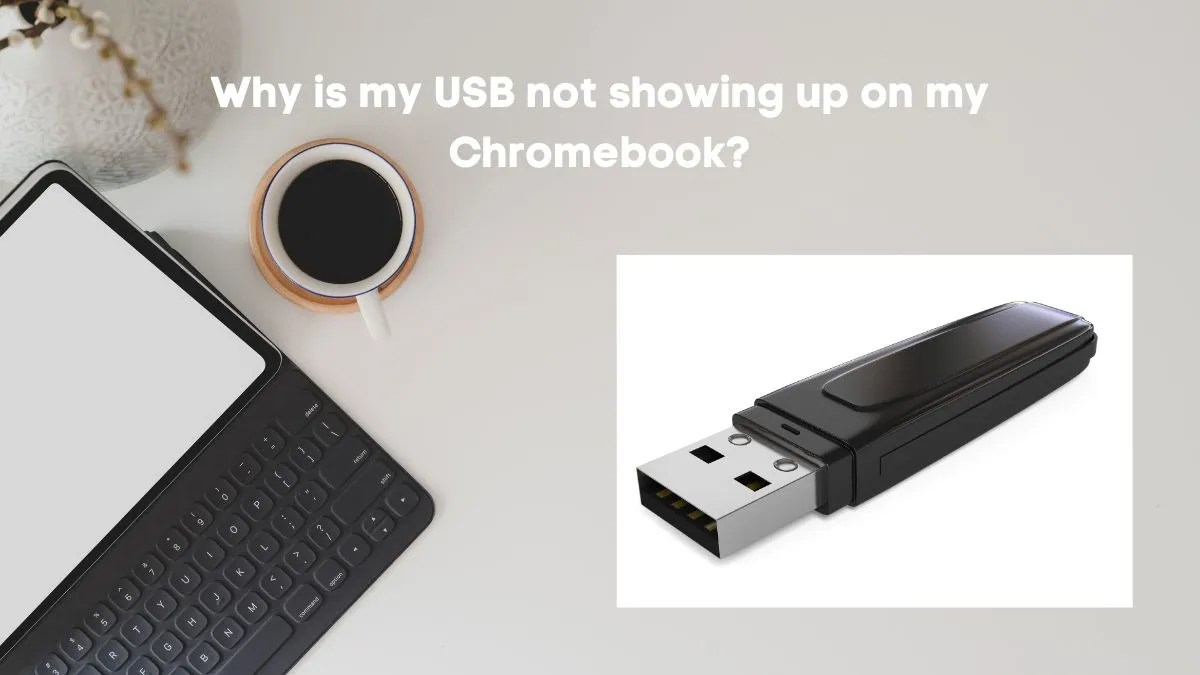Chromebooks are becoming increasingly popular due to their low cost and easy-to-use interface. They are perfect for basic tasks such as web browsing and document editing.
However, if you are looking to do more advanced tasks on your Chromebook, such as coding or running specialized software, you may find that the Chrome OS is limiting.
Luckily, there is a way to install Linux on your Chromebook without enabling developer mode. This allows you to have the best of both worlds – the simplicity and security of Chrome OS, and the flexibility and customization of Linux.
In this guide, we will discuss why you may want to install Linux on your Chromebook, what developer mode is and why it should be avoided, and provide a step-by-step guide for installing Linux without enabling developer mode.
Why Would You Want to Install Linux?
There are several reasons why you may want to install Linux on your Chromebook:
- More software options: With Linux, you have access to a wide range of applications and tools that may not be available on the Chrome OS.
- Customization: Linux allows for more customization options, so you can tailor your operating system to your specific needs and preferences.
- Development: If you are a developer, Linux offers a better environment for coding and testing applications.
What is Developer Mode and Why It Needs to be Avoided
Developer mode is a setting on Chromebooks that allows users to access more advanced features, such as debugging tools and the ability to install other operating systems.
However, enabling developer mode also makes your device more vulnerable to security threats and can potentially void your warranty.
Enabling developer mode also requires you to wipe all data on your Chromebook, so if you are not familiar with the process, it is best to avoid it.
Step-by-Step Guide for Installing Linux on Chromebook Without Developer Mode

Step 1: Enable Linux Support
First, you need to make sure your Chromebook supports Linux. To do this, go to Settings > Linux (Beta) and enable the feature. It will download and install a lightweight Debian-based virtual machine.
Step 2: Download Crouton
Crouton is a set of scripts that allows you to easily install Linux on your Chromebook without the need for developer mode. You can download it from the official GitHub page or through the Chrome Web Store.
Step 3: Install Crouton
Once you have downloaded Crouton, open a terminal window by pressing Ctrl+Alt+T. Then, enter the following command:
“`
sudo sh ~/Downloads/crouton -t xfce
“`
This will install the Xfce desktop environment for Linux.
Step 4: Enter a Username and Password
During the installation process, you will be prompted to enter a username and password for your Linux system. Make sure to remember these as you will need them to log in.
Step 5: Start Linux
To start your Linux environment, enter the following command in the terminal:
“`
sudo startxfce4
“`
This will launch Xfce, and you can now use Linux on your Chromebook without developer mode enabled.
Step 6: Switch Between Chrome OS and Linux
You can switch between Chrome OS and Linux by pressing Ctrl+Alt+Shift+Forward. This will toggle between the two operating systems.
Running Linux apps on Chrome OS
Once you have Linux installed, you can install and run Linux applications using the terminal or through the Xfce desktop environment. This allows you to use both Chrome OS and Linux apps side by side.
Can I uninstall Linux from my Chromebook?
Yes, you can easily remove Linux from your Chromebook by entering the following command in the terminal:
“`
sudo delete-chroot [name of your Linux environment]
“`
Remember to replace [name of your Linux environment] with the actual name of your Linux installation.
After entering this command, all data related to your Linux installation will be removed from your device. You can then disable Linux support in settings if you no longer wish to have it on your Chromebook.
Conclusion
Installing Linux on your Chromebook without developer mode allows you to expand the capabilities of your device without compromising its security or warranty.
With this guide, you can easily set up and run Linux alongside Chrome OS and enjoy the best of both worlds.
So go ahead and give it a try! You may be surprised by all the possibilities that Linux opens up for your Chromebook.
FAQs
Can I install Linux with Crosh?
No, Crosh is a command shell for Chrome OS and does not have the capabilities to install Linux. You will need to use Crouton or another method to install Linux on your Chromebook without developer mode.
Is it safe to install Linux on my Chromebook?
Installing Linux on your Chromebook without developer mode is generally considered safe as long as you follow the proper steps.
However, it is always recommended to back up your files before making any changes to your operating system.
Will installing Linux void my warranty?
It depends on the manufacturer and their policies. It is best to check with them before proceeding with any installation of a different operating system. Keep in mind that enabling developer mode may also potentially void your warranty.
Can I run Windows programs on Linux?
Yes, you can run some Windows programs on Linux using compatibility tools like Wine or virtualization software like VirtualBox.
Will installing Linux void my Chromebook’s warranty?
No, installing Linux without enabling developer mode will not void your Chromebook’s warranty. However, it is always best to check with the manufacturer for their specific policies.
Can I install Ubuntu on Chromebook?
Yes, you can install Ubuntu on your Chromebook using the same method outlined in this guide. Simply replace ‘xfce’ with ‘unity’ in the installation command to install the Unity desktop environment for Ubuntu.





